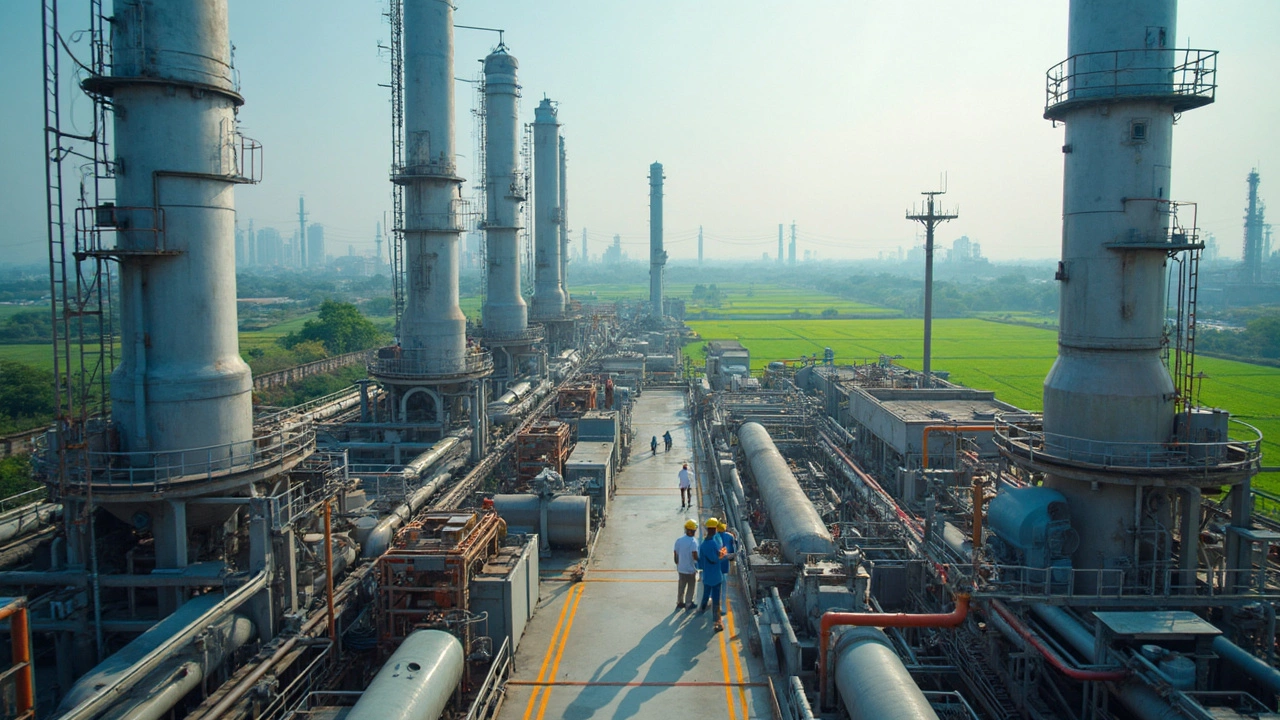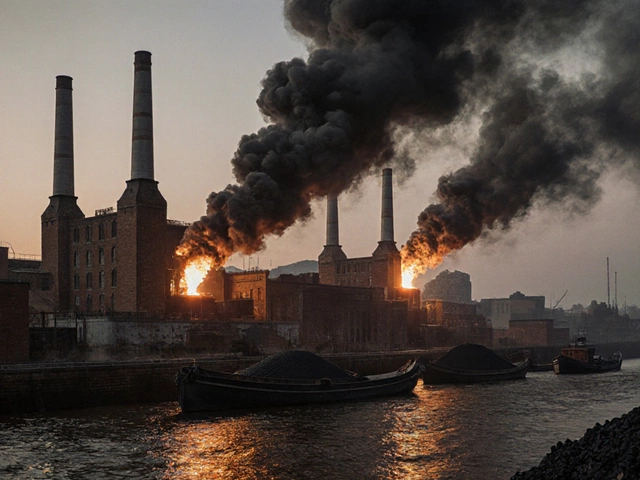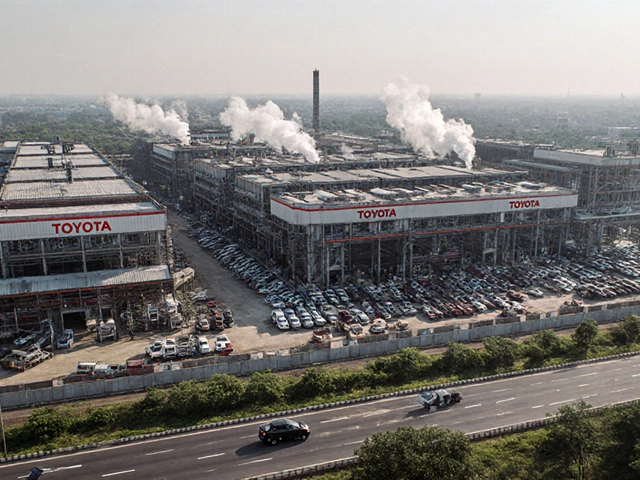Indian Chemical Industry – What’s Happening Right Now?
If you’ve ever wondered why chemical plants are popping up across India, you’re not alone. The sector is booming thanks to cheap labor, a growing middle class, and strong government push for Make in India. That means more jobs, more exports, and a bigger role for Indian chemicals on the global stage.
But growth isn’t just about building factories. It’s also about dealing with new rules, sustainability pressures, and a need for skilled workers. In this article we’ll break down the biggest trends, the toughest challenges, and a few practical steps you can take if you’re thinking of entering the market.
Key Drivers Behind the Fast‑Track Growth
First off, demand is sky‑high. Industries like pharma, automotive, agriculture, and electronics all need chemicals, and India’s own consumption is matching that demand. The government’s rebate programs on capital investment have made it cheaper to set up new units, especially in states like Gujarat and Maharashtra.
Second, export potential is massive. Indian chemical exporters have hit new records in the last two years, thanks to competitive pricing and improved logistics. If you can meet quality standards, the overseas market is hungry for products ranging from basic petrochemicals to specialty polymers.
Challenges You Can’t Ignore
Regulation is the biggest headache for many players. The recent ban on hazardous chemicals – like certain phthalates and PFAS – means you must constantly check the latest lists and adapt processes. Not following the rules can lead to hefty fines or even shutdowns.
Energy costs also bite hard. Chemical processes are energy‑intensive, and price spikes can erode profit margins. Companies are now looking at solar farms, waste‑heat recovery, and even partnering with local power producers to lock in cheaper rates.
Lastly, talent shortage is real. Skilled chemists and process engineers are in short supply, especially in smaller towns. Investing in training programs or partnering with technical institutes can give you a competitive edge.
So, what can you do today?
- Do a regulatory audit. Check if any of the chemicals you plan to use are on the banned list. If they are, look for approved alternatives early.
- Map your energy use. Identify high‑consumption steps and explore renewable options or efficiency upgrades.
- Build a talent pipeline. Offer internships, sponsor courses, or set up a small in‑house training lab.
- Focus on niche markets. Specialty chemicals often carry higher margins and face less competition than bulk commodities.
By keeping an eye on regulations, cutting energy waste, and investing in people, you can turn the Indian chemical industry’s rapid growth into a lasting advantage.
Bottom line: the sector is ripe with opportunity, but only for those who stay agile and compliant. Whether you’re a veteran manufacturer or a newcomer, the steps above can help you navigate the fast‑changing landscape and make the most of India’s chemical boom.
Which is the Largest Chemical Manufacturer in India?
India's chemical industry is a vital part of its economy, contributing significantly to GDP and employment. The largest chemical manufacturer in India is a key player in both domestic and international markets. It leads in production capacity, innovation, and market reach. Understanding their impact can provide insights into the dynamics of the industry and future trends.
Read More




